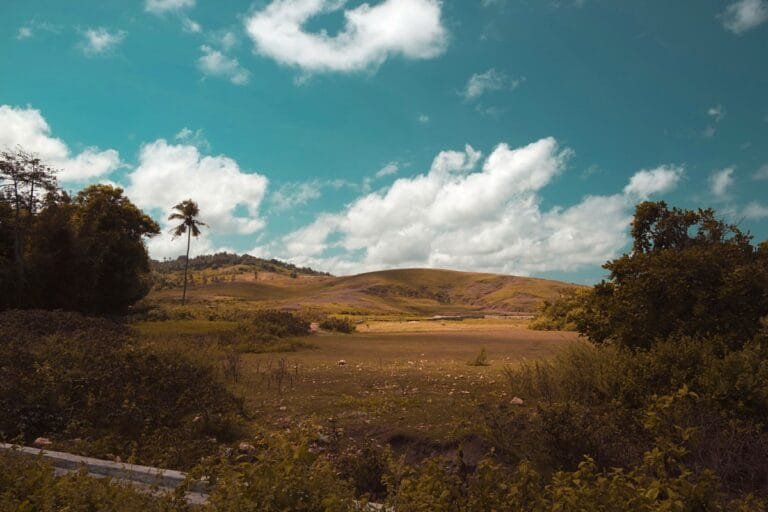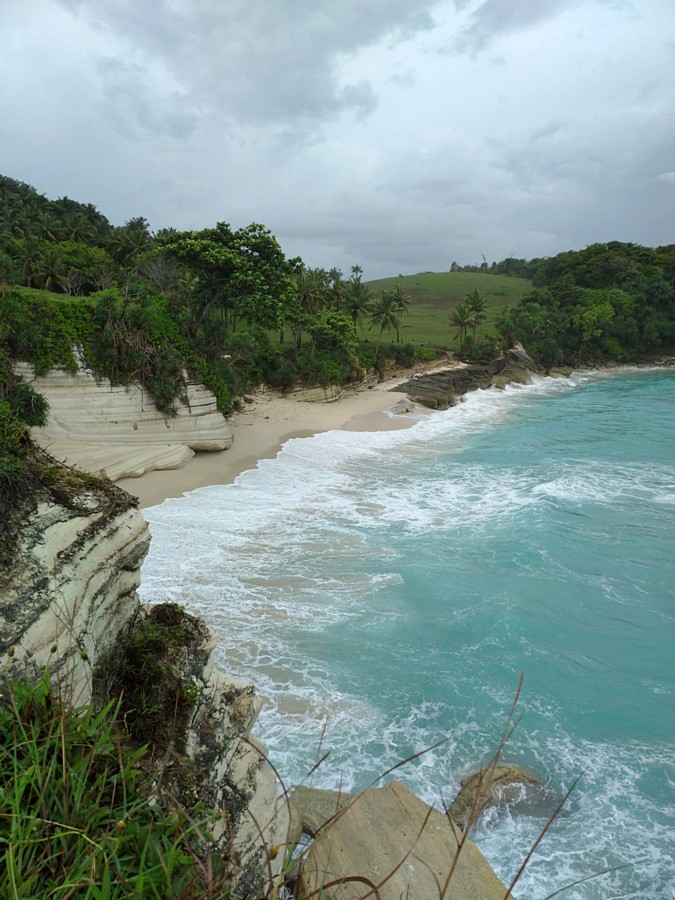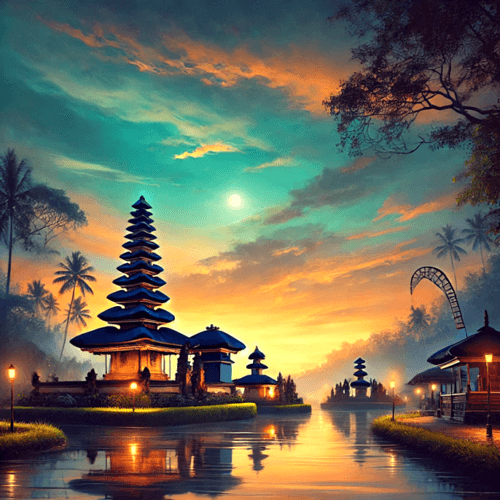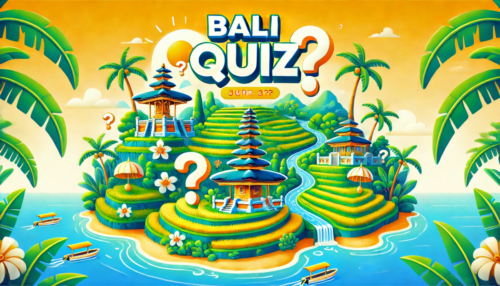Where rugged hills meet pristine beaches, Sumba’s untamed beauty whispers stories of ancient traditions.
Indonesia’s Area of Wild Beauty and Tradition
Located east of Bali, Sumba is a less-traveled island in Indonesia that offers a striking contrast to its famous neighbors. While Bali and Lombok are known for their vibrant tourism scenes, Sumba remains largely untouched by mass tourism, offering travelers a more authentic and serene experience. Known for its rugged landscapes, beautiful beaches, and deeply rooted cultural traditions, Sumba is a haven for adventurers and culture seekers alike.
Sumba is divided into two main regions: East and West Sumba. Both regions have their unique charms, with East Sumba featuring arid savannahs and stunning cliffside beaches, while West Sumba is home to lush hills, traditional villages, and picturesque waterfalls. The island’s remoteness and slow pace of life make it the perfect destination for travelers looking to explore Indonesia’s natural beauty while experiencing a rich cultural heritage.
Stunning Landscapes and Pristine Beaches
One of the highlights of Sumba is its untouched natural beauty. The island’s beaches are among the most beautiful in Indonesia, often with hardly a tourist in sight. Nihiwatu Beach, located on the island’s western coast, has gained international recognition and is considered one of the world’s most beautiful beaches. Known for its turquoise waters and long stretches of white sand, Nihiwatu Beach offers visitors a peaceful retreat and some of the best waves for surfing.
Surfing enthusiasts often flock to Sumba for its world-class waves, especially during the dry season between May and September. Nihiwatu, in particular, is renowned for its consistent swells, making it one of the top surfing destinations in Indonesia. For those less inclined to surf, the beach also offers stunning sunsets and the opportunity to explore the surrounding cliffs and rock formations.
Other beaches like Walakiri and Tarimbang Beach offer similarly stunning views with calm waters and soft sand. Walakiri Beach, located in East Sumba, is famous for its scenic sunset views, where the silhouettes of mangrove trees reflect on the shallow waters, creating an ethereal landscape that attracts photographers from around the world.
TIP: Visit Walakiri Beach at sunset to witness the mesmerizing view of the mangrove trees reflecting in the tide, creating a magical, mirror-like effect.
Beyond the beaches, Sumba is home to breathtaking natural features, including waterfalls and rolling hills. The island’s hills and savannahs are perfect for hiking and exploring, offering panoramic views of the rugged countryside. One notable destination is Wairinding Hill, where the landscape stretches as far as the eye can see, with rolling hills that turn golden in the dry season and green in the wet season. It’s an ideal spot for photography and a peaceful escape into nature.
Sumba’s waterfalls also offer a refreshing break from the dry savannahs. Air Terjun Lapopu, located in West Sumba, is the tallest waterfall on the island, cascading through a series of limestone terraces. The clear blue water and lush surroundings make it a perfect spot for a dip after a hike through the forested paths.
A Rich Tapestry of Culture and Tradition
Sumba’s cultural heritage is one of the most unique in Indonesia. The island is home to the Marapu religion, an ancient animist belief system that worships ancestral spirits and the forces of nature. The influence of Marapu culture is evident in every aspect of Sumbanese life, from their architecture to their rituals and art.
One of the most fascinating cultural experiences in Sumba is visiting traditional villages. Sumba’s villages are known for their distinctive thatched-roof houses, called Uma Mbatangu, which have towering, peaked roofs symbolizing a connection to the ancestors. The villages are often situated on hilltops, offering strategic views of the surrounding land, which historically helped protect them from invaders.
In the heart of Sumbanese culture is the Pasola festival, a ceremonial horseback battle that takes place every year to mark the harvest season. During the festival, riders from opposing villages charge at each other on horseback, throwing wooden spears in a dramatic display of skill and bravery. The Pasola is both a spiritual and cultural event, deeply rooted in Marapu beliefs. It is said that the blood spilled during the battle fertilizes the land and ensures a good harvest.
TIP: If you’re visiting Sumba between February and March, make sure to experience the Pasola festival—a truly unique cultural spectacle.
Sumba is also famous for its ikat textiles, an ancient weaving tradition passed down through generations. Sumbanese ikat is known for its intricate patterns and bold colors, often depicting motifs related to their ancestors and nature. Visitors can watch ikat weaving demonstrations in traditional villages or purchase these beautiful textiles as souvenirs.
A Lasting Impression: The Beauty and Culture of Sumba
Sumba is truly a hidden gem within Indonesia’s vast archipelago, offering a rare combination of unspoiled natural beauty and a rich, living cultural heritage. Whether you’re surfing the perfect wave at Nihiwatu, hiking through golden hills, or immersing yourself in ancient traditions in a remote village, Sumba provides a unique travel experience unlike any other in Indonesia.
For those seeking adventure, culture, and tranquility away from the crowds, Sumba is the ideal destination. The island’s rugged charm, combined with the warmth of its people, leaves a lasting impression on all who visit.











